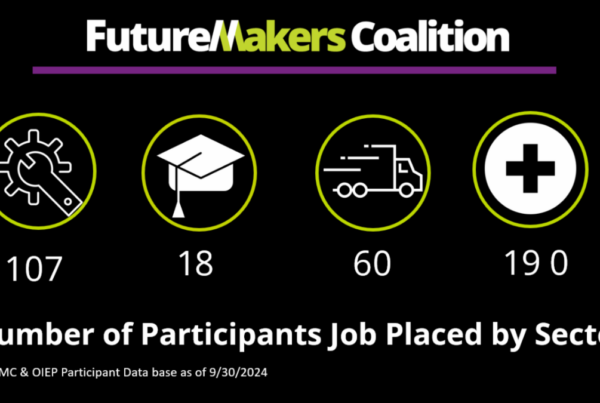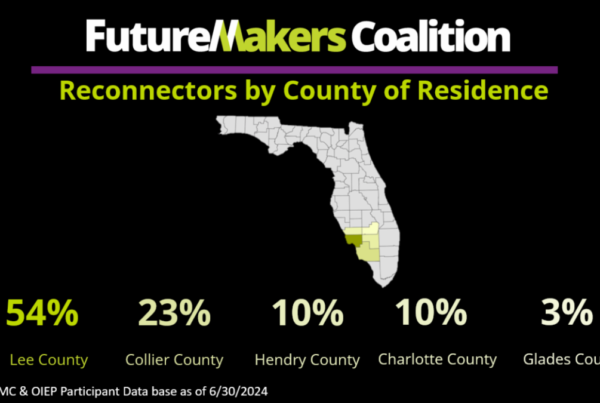
Not a day passes without a news headline about the red-hot housing market and the skyrocketing home prices in southwest Florida. Most of the time, the stories are couched in fairly simple economic supply and demand terms: as the COVID-19 pandemic wains, there is a pent-up demand for housing among a limited supply, pushing up home prices. Current home owners are ecstatic. They have seen the median sale price for single-family homes jump 27.5% to $415,000 in January 2022 compared to a year ago, while condominiums and townhomes increased 30.9% to $294,500 (Lee County). Conversely, home buyers must deal with a deepening supply challenge as the local market saw home inventory decrease by 74.9% for all property types in Lee County versus a year ago. (https://fortmyers.floridaweekly.com/articles/lower-supply-higher-prices-continue-to-challenge-local-homebuyers/) Renters are experiencing a similar multi-family housing landscape. Recent data on Cape Coral and Fort Myers from CoStar Realty Information, Inc. (Figure 1) illustrate the dip in market rent costs per unit during the height of the COVID-19 pandemic in 2020-21, with the dramatic rebound in rental costs beginning in late 2021. Rent costs per unit are projected to continue to increase through 2026, although at a slower pace
A study by EnSite, a FutureMakers Coalition investor, dives deeper into the multi-family housing issue (focusing on Cape Coral only). The data in Figure 2 illustrate the gap in rental housing availability between 2019-21 compared to Cape Coral’s population growth, with a projected improvement in rental housing availability in 2021-26. EnSite’s study further explores Cape Coral’s projected labor market economy and its ability to support the area’s demand for multi-family (rental) housing.
The EnSite study may also suggest a converse question: do local home and rent costs influence the size and make-up of the potential talent pool available to the area’s businesses? In support of FutureMakers Coalition’s goal to make sure 55% of the region’s adults between the ages of 25-64 have a high-level credential beyond high school by 2025, we have asked local businesses, “Do you have problems recruiting, hiring, or retaining qualified employees due to a lack of affordable housing in the southwest Florida region?” However, this may not be the best way to phrase the question. To some, the term “affordable housing” may evoke images of large apartment building blocks built for subsidized housing. As discussed in a January 19, 2022 Florida Weekly article “What is Affordable Housing?”, perhaps a better way to phrase the question is, “Are the region’s housing costs – either to own or to rent – affordable to your current and potential future employees given wages and the housing market conditions at this time?”, (https://fortmyers.floridaweekly.com/articles/what-is-affordable-housing/). Focusing on rental costs alone, the U.S. Department of Housing and Urban Development (HUD) and most housing advocates suggest that monthly rental housing costs (including utilities) should run no more than 30% of annual gross household income. Using data from the EnSite study, monthly rent for a 1,000 square foot, 2-bedroom Cape Coral apartment would be approximately $1,740. Assuming $250/month for utilities and using HUD’s “30% rule”, the annual gross household income to comfortably afford this apartment would need to be just under $80K. Many southwest Florida communities have already raised warning flags about losing essential workers – e.g., teachers, police, and firefighters – if wages are not able to keep up with housing costs.
Solving southwest Florida’s housing issues will not happen overnight. Lasting solutions will require implementing system changes (e.g., local zoning laws, etc.) in our policies for economic growth and workforce development, as well as changes to our own perceptions as to what tomorrow’s communities should look like and how they should serve their residents. Let us hear from you! Given your experience living in southwest Florida, how have you or your organization been impacted by the hikes in the costs of housing?




























